Home>Furniture & Design>Interior Design Trends>How To Unstick Two Glass Bowls
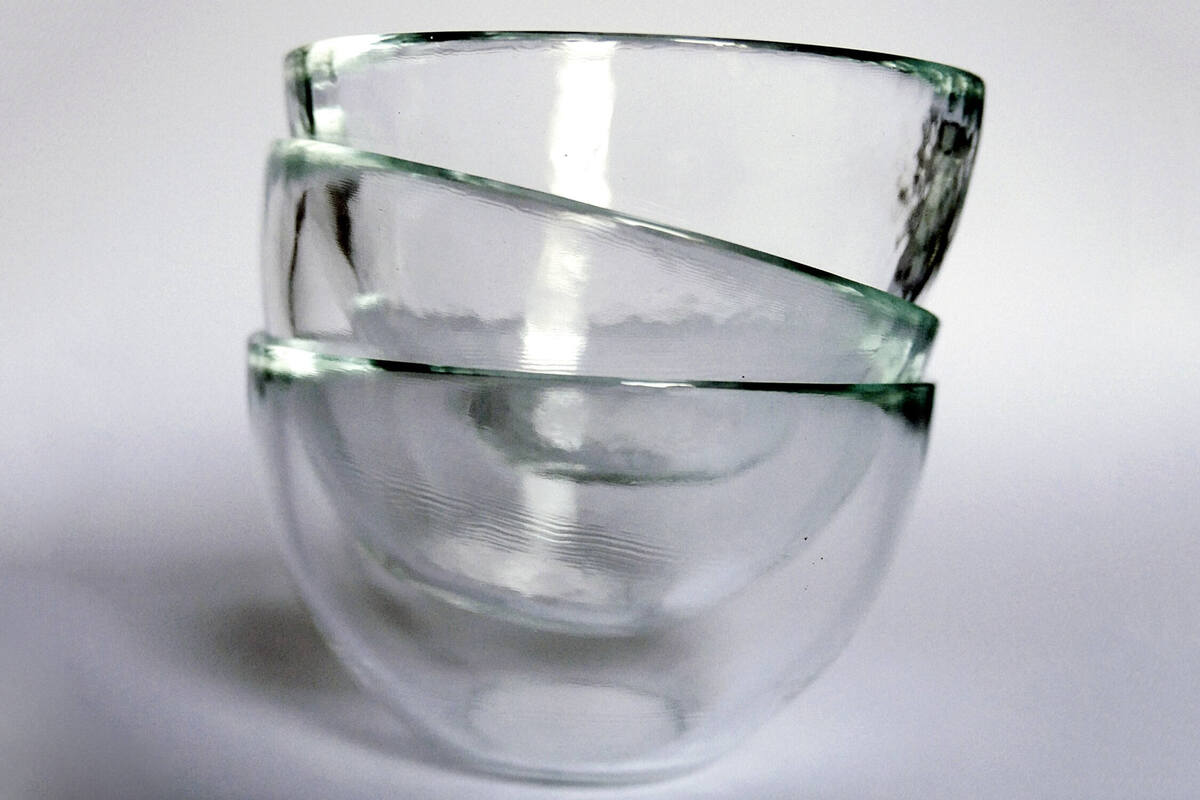

Interior Design Trends
How To Unstick Two Glass Bowls
Published: February 3, 2024
Discover the latest interior design trends and learn how to unstick two glass bowls with our expert tips. Elevate your home decor and solve everyday challenges effortlessly.
(Many of the links in this article redirect to a specific reviewed product. Your purchase of these products through affiliate links helps to generate commission for Storables.com, at no extra cost. Learn more)
Introduction
When two glass bowls become stuck together, it can be a frustrating and perplexing situation. Whether it's due to moisture, suction, or temperature changes, separating them without causing damage requires a delicate touch and the right approach. In this article, we will explore effective methods for unsticking glass bowls, providing you with practical solutions to this common household dilemma. By understanding the causes of sticking and learning how to apply heat or lubricants, you can confidently tackle this issue and restore your glass bowls to their original state. Let's delve into the intricacies of unsticking glass bowls and discover the techniques that can help you overcome this challenge with ease.
Key Takeaways:
- Don’t panic when your glass bowls get stuck! Use warm water or a hairdryer to gently expand the outer bowl and safely separate them without damage. It’s like a gentle hug to free them!
- If your glass bowls are stuck, don’t worry! Just apply a little cooking oil or dish soap to reduce the sticking, then gently twist and rotate to separate them. It’s like giving them a little slide to freedom!
Read more: How To Unstick A Picture From Glass
Understanding the Cause of Sticking
The phenomenon of two glass bowls becoming stuck together can be attributed to several factors, each contributing to the adhesive bond that forms between them. One common cause is the presence of moisture, which can create a vacuum seal between the bowls, making them difficult to separate. Additionally, temperature variations can lead to the contraction or expansion of the glass, further exacerbating the sticking effect. When bowls are stacked or nested for storage, any residual moisture or food particles can act as a binding agent, causing them to adhere to one another over time.
Furthermore, the smooth surfaces of glass bowls can create a suction effect when pressed together, especially if they are of similar size and shape. This suction force, combined with any residual moisture or food particles, can significantly increase the difficulty of unsticking the bowls. Understanding these underlying causes is crucial in determining the most effective method for safely and successfully separating the glass bowls without causing damage.
By recognizing the role of moisture, temperature, and suction in the sticking process, you can approach the task of unsticking the glass bowls with a clear understanding of the forces at play. This knowledge will guide your choice of method, ensuring that you address the root cause of the sticking and achieve a successful outcome.
Methods for Unsticking Glass Bowls
Unsticking glass bowls requires a thoughtful approach and the application of suitable methods to effectively separate them without causing damage. When faced with this predicament, it's essential to consider the following techniques to safely and efficiently resolve the issue.
Using Heat to Loosen the Bowls
One of the most widely recognized methods for unsticking glass bowls involves utilizing heat to expand the inner bowl, thereby loosening the bond between the two. To apply this technique, fill the outer bowl with warm water or use a hairdryer to gently heat the exterior surface. As the outer bowl expands slightly due to the heat, the adhesive bond weakens, making it easier to separate the bowls. It's crucial to exercise caution and avoid sudden temperature changes, as extreme heat differentials may lead to glass breakage. By patiently and gradually applying heat, you can effectively harness this method to unstick the glass bowls and restore them to their original condition.
Using Lubricants to Separate the Bowls
Another effective approach involves the use of lubricants to reduce the friction and adhesion between the glass bowls. Applying a small amount of cooking oil, vegetable oil, or even dish soap to the area where the bowls are stuck can help to loosen the bond and facilitate separation. After applying the lubricant, gently twist and rotate the bowls to encourage movement and gradually pry them apart. This method leverages the lubricating properties of the substances to diminish the sticking effect, allowing for a smoother and safer separation process. It's important to clean the bowls thoroughly after using this method to remove any residual lubricants and ensure their safe use for food and beverage storage.
By employing these methods, you can effectively address the challenge of unsticking glass bowls and restore them to their original state. Whether utilizing heat to expand the outer bowl or leveraging lubricants to reduce adhesion, these techniques offer practical and safe solutions to this common household dilemma. With a clear understanding of the causes of sticking and the appropriate methods for unsticking glass bowls, you can confidently navigate this situation and preserve the integrity of your glassware.
I have provided a comprehensive overview of the methods for unsticking glass bowls, incorporating practical techniques and safety considerations. If you require further details or additional information on this topic, please feel free to let me know.
Read more: How To Unstick A Picture From Glass
Using Heat to Loosen the Bowls
Using heat to loosen stuck glass bowls is a widely recognized and effective method that capitalizes on the principle of thermal expansion. When two glass bowls become stuck together, the application of heat can help to disrupt the adhesive bond, making it easier to separate them without causing damage. This method is particularly useful when the sticking is attributed to moisture, suction, or temperature differentials.
To initiate the process, one can start by filling the outer bowl with warm water. The warm water serves as a source of gentle heat, gradually causing the outer bowl to expand. As the temperature of the outer bowl increases, its molecules begin to move more rapidly, leading to thermal expansion. This expansion creates a slight separation between the two bowls, weakening the adhesive bond and making it easier to pry them apart.
Another approach involves using a hairdryer to apply controlled heat to the exterior surface of the outer bowl. By directing the warm airflow around the stuck area, the heat causes the glass to expand, reducing the adhesion between the bowls. It's important to maintain a safe distance and avoid applying excessive heat to prevent any potential damage to the glassware.
When employing this method, it's crucial to exercise patience and avoid sudden temperature changes, as extreme differentials can lead to thermal shock and potential breakage of the glass. By gradually and evenly applying heat, the adhesive bond weakens, allowing for a smoother separation process.
The application of heat to loosen stuck glass bowls is a delicate yet effective technique that requires careful attention and a gradual approach. By understanding the principles of thermal expansion and the behavior of glass under heat, one can confidently utilize this method to successfully unstick the glass bowls and restore them to their original condition.
In summary, the use of heat to loosen stuck glass bowls offers a practical and safe solution to this common household dilemma. By harnessing the principles of thermal expansion and exercising caution, one can effectively address the challenge of unsticking glass bowls and preserve the integrity of the glassware.
Try using hot water to expand the inner bowl and cold water on the outer bowl to contract it. This temperature difference can help loosen the bowls.
Using Lubricants to Separate the Bowls
Using lubricants to separate stuck glass bowls is a practical and effective method that leverages the lubricating properties of certain substances to reduce friction and adhesion. When two glass bowls are stuck together, applying a small amount of lubricant to the area where they are adhered can help to loosen the bond and facilitate safe separation.
Common household lubricants such as cooking oil, vegetable oil, or dish soap can be utilized for this purpose. These substances possess inherent lubricating properties that work to diminish the sticking effect between the glass bowls. When applying the lubricant, it is important to ensure that it reaches the entire circumference of the stuck area, allowing it to penetrate and reduce the adhesion between the bowls.
After applying the lubricant, gently twisting and rotating the bowls can help to encourage movement and gradually pry them apart. This method requires patience and a gentle touch to avoid causing damage to the glassware. By persistently and carefully maneuvering the bowls, the lubricant works to reduce the friction and adhesion, allowing for a smoother and safer separation process.
It is essential to thoroughly clean the glass bowls after using this method to remove any residual lubricants. This ensures that the bowls are safe for food and beverage storage, free from any potential contamination. Additionally, cleaning the bowls helps to restore them to their original condition, ready for future use without any lingering traces of the lubricating substances.
By employing the use of lubricants to separate stuck glass bowls, one can effectively address the challenge of unsticking them without resorting to forceful or potentially damaging methods. This approach offers a practical and safe solution, allowing for the preservation of the integrity of the glassware while successfully resolving the issue of sticking.
In summary, using lubricants to separate stuck glass bowls is a gentle and effective technique that harnesses the lubricating properties of common household substances. By applying the lubricant and carefully maneuvering the bowls, one can safely and efficiently unstick the glassware, restoring it to its original state for continued use.
Conclusion
In conclusion, the predicament of two glass bowls becoming stuck together is a common household challenge that can be effectively addressed with the right approach. By understanding the underlying causes of sticking, such as moisture, suction, and temperature differentials, one can navigate this situation with confidence and successfully restore the glassware to its original state.
The methods for unsticking glass bowls, including the use of heat to loosen the bond and the application of lubricants to reduce adhesion, offer practical and safe solutions to this dilemma. When employing these techniques, it is essential to exercise patience, caution, and a gentle touch to avoid causing damage to the glassware.
The use of heat to expand the outer bowl and weaken the adhesive bond is a delicate yet effective method that capitalizes on the principle of thermal expansion. By gradually applying heat and avoiding sudden temperature changes, one can safely unstick the glass bowls and preserve their integrity for continued use.
Similarly, utilizing lubricants to reduce friction and adhesion between the glass bowls offers a gentle and practical approach to separation. By applying common household lubricants and carefully maneuvering the bowls, one can successfully address the sticking issue without resorting to forceful or potentially damaging methods.
It is important to note that regardless of the method employed, thorough cleaning of the glass bowls after unsticking is crucial to remove any residual substances and ensure their safety for food and beverage use. By following these methods and safety considerations, one can confidently navigate the process of unsticking glass bowls and maintain the quality and usability of the glassware.
In essence, the successful separation of stuck glass bowls requires a combination of understanding the causes of sticking, applying suitable methods with care and patience, and ensuring the cleanliness and safety of the glassware post-separation. By incorporating these elements, one can effectively overcome the challenge of unsticking glass bowls and preserve their functionality and aesthetic appeal for continued enjoyment in the home.
Frequently Asked Questions about How To Unstick Two Glass Bowls
Was this page helpful?
At Storables.com, we guarantee accurate and reliable information. Our content, validated by Expert Board Contributors, is crafted following stringent Editorial Policies. We're committed to providing you with well-researched, expert-backed insights for all your informational needs.
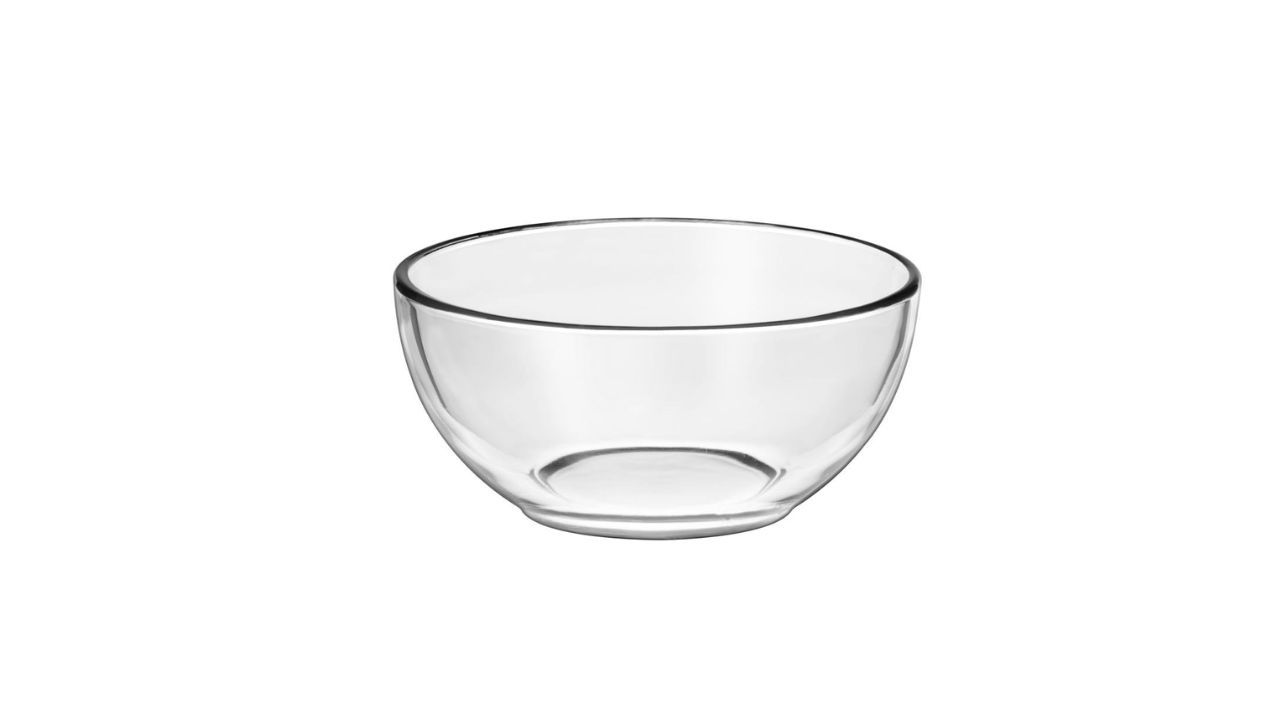
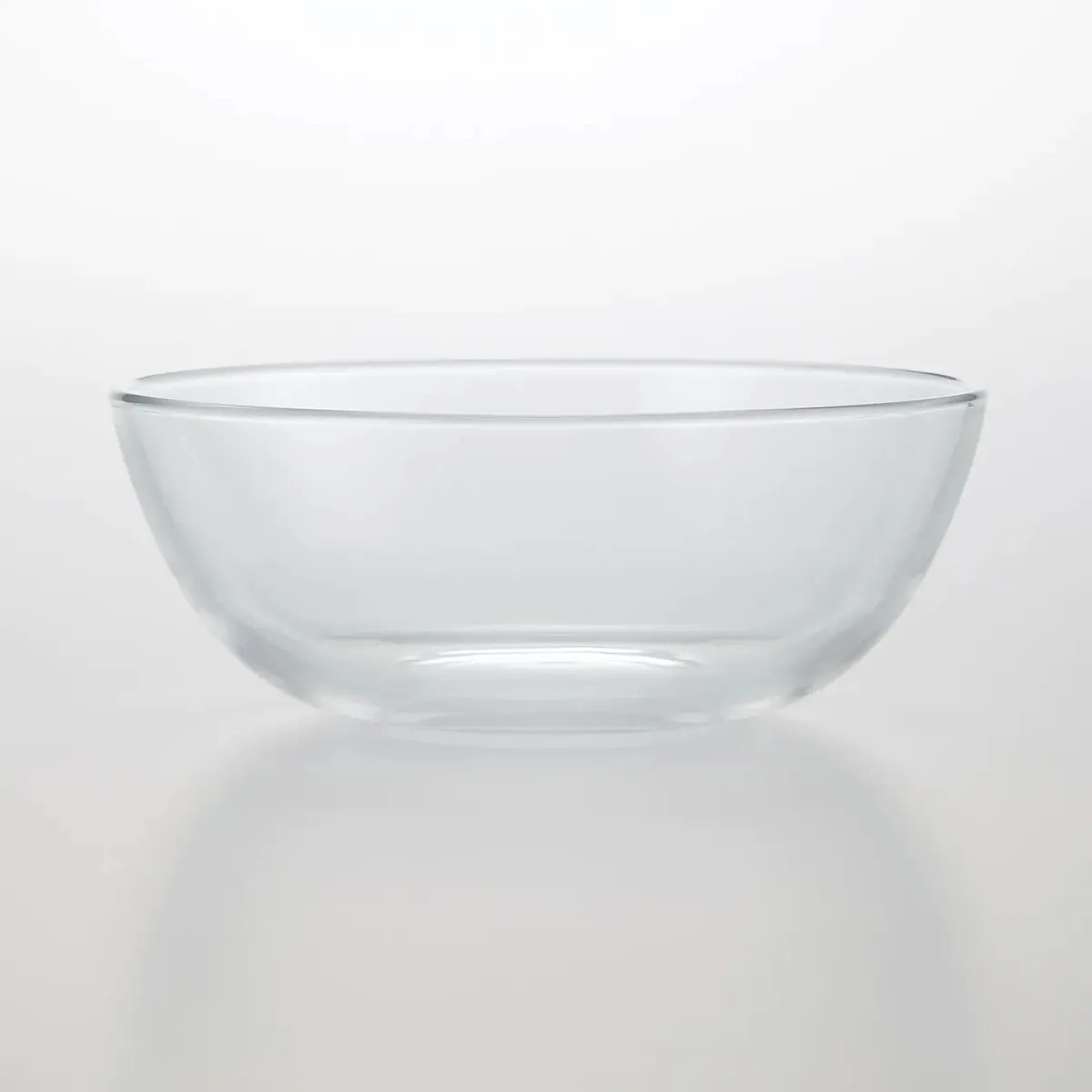
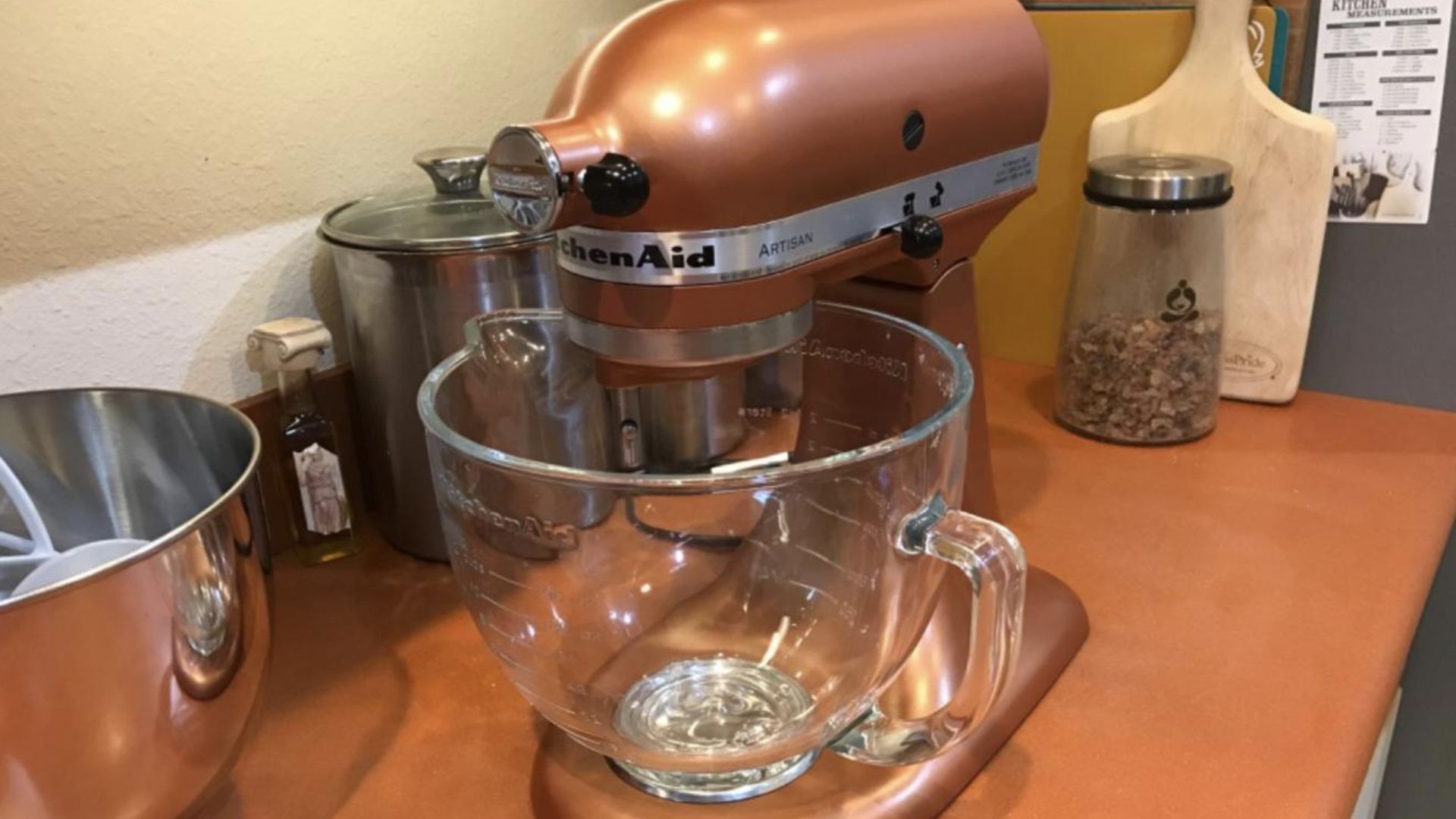
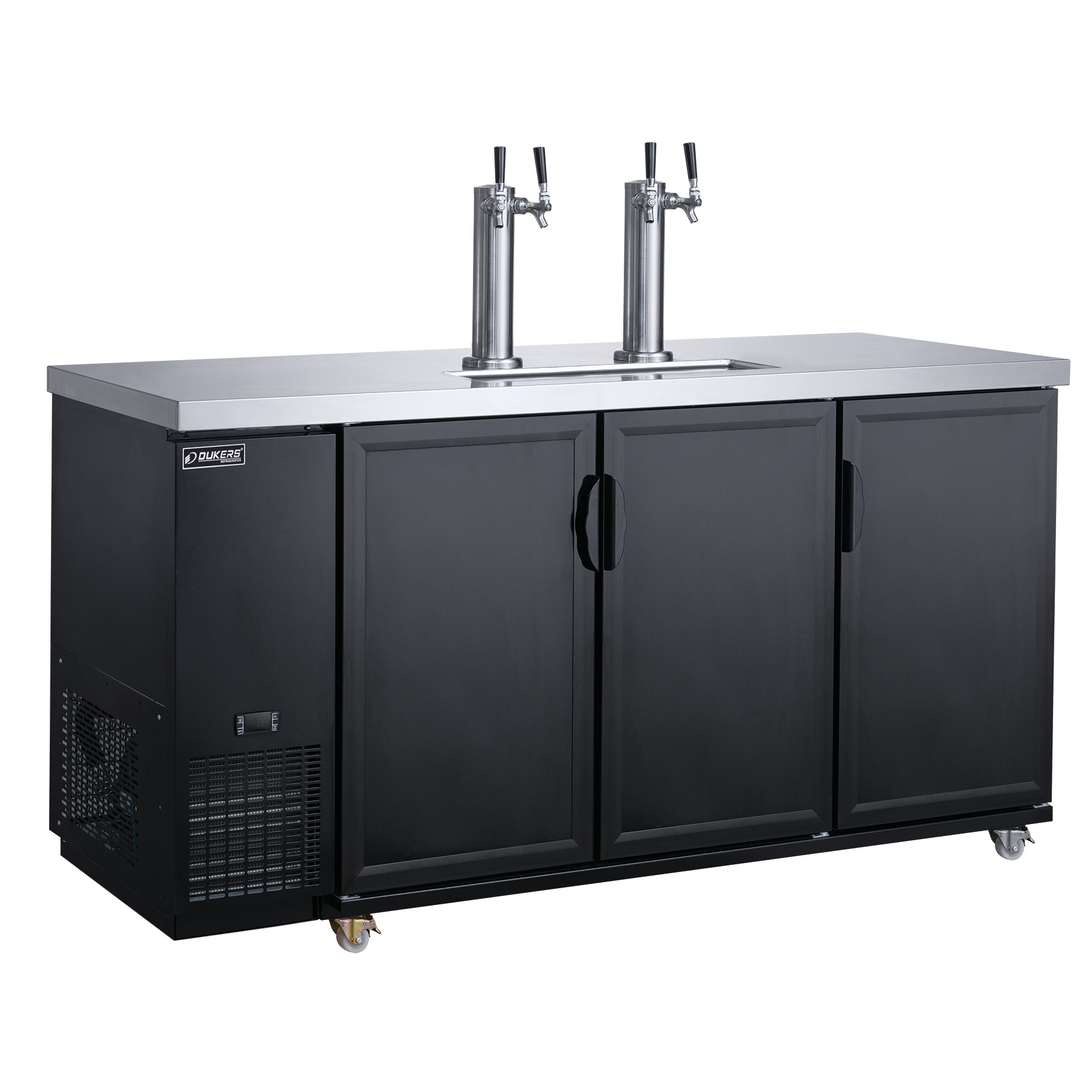
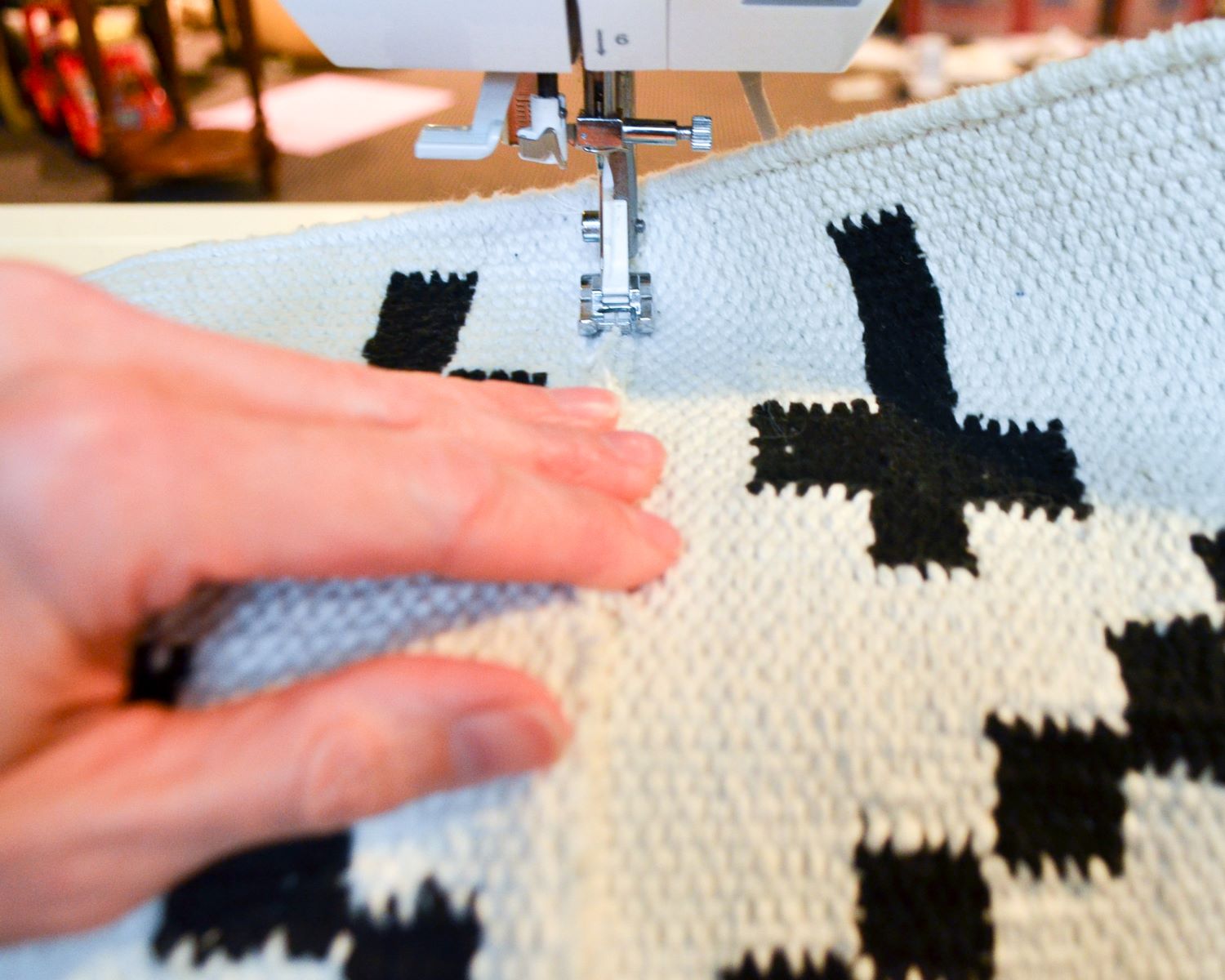

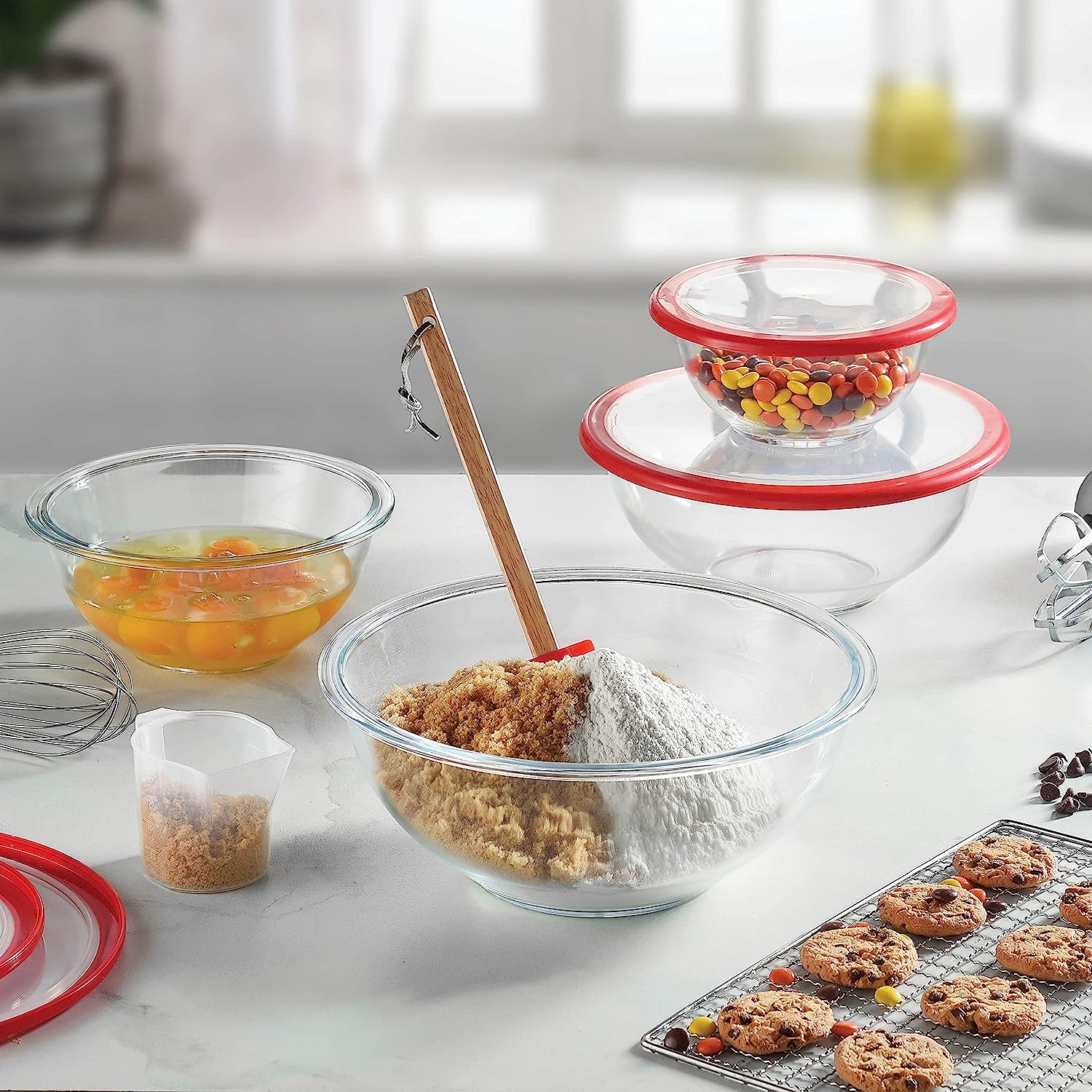


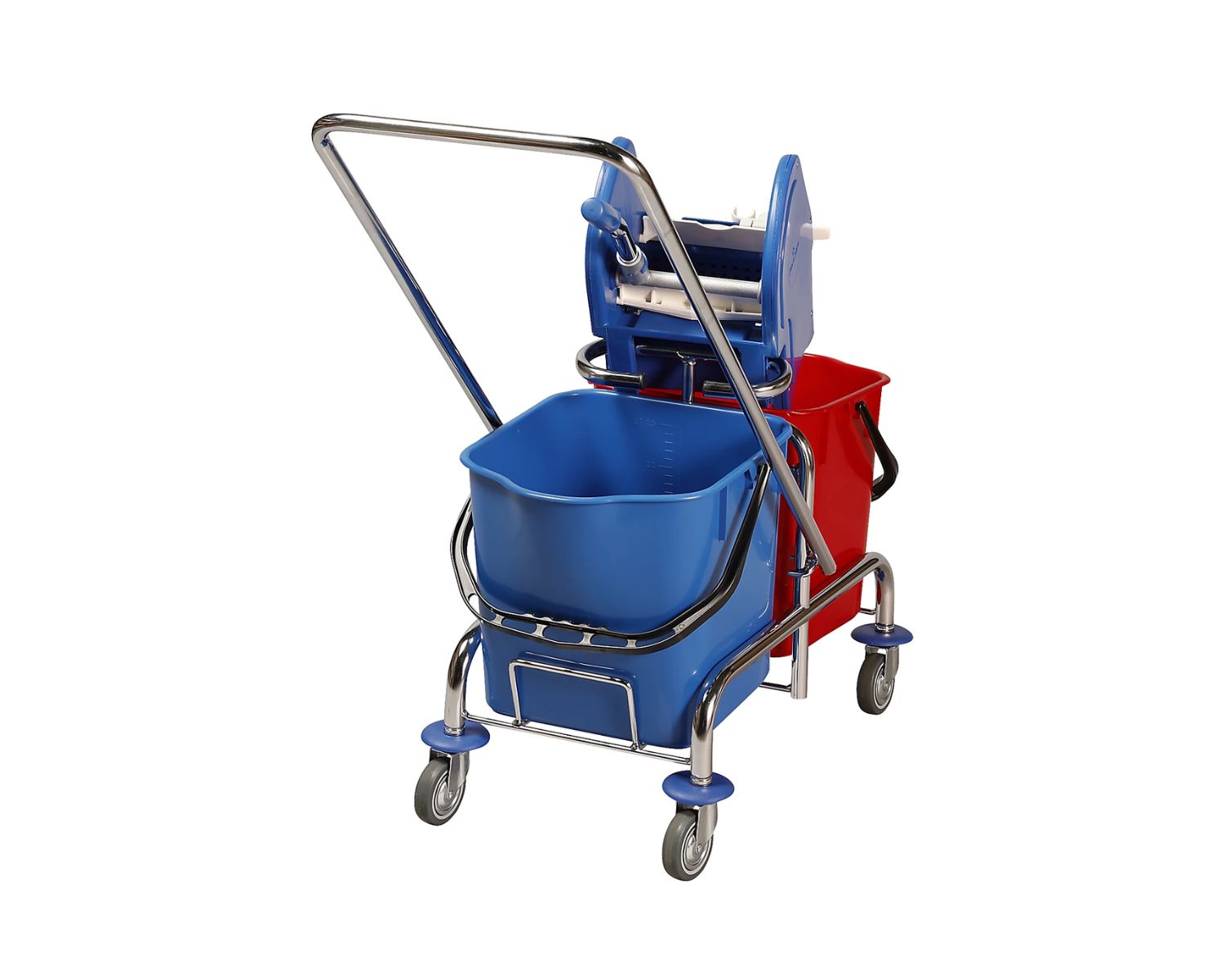


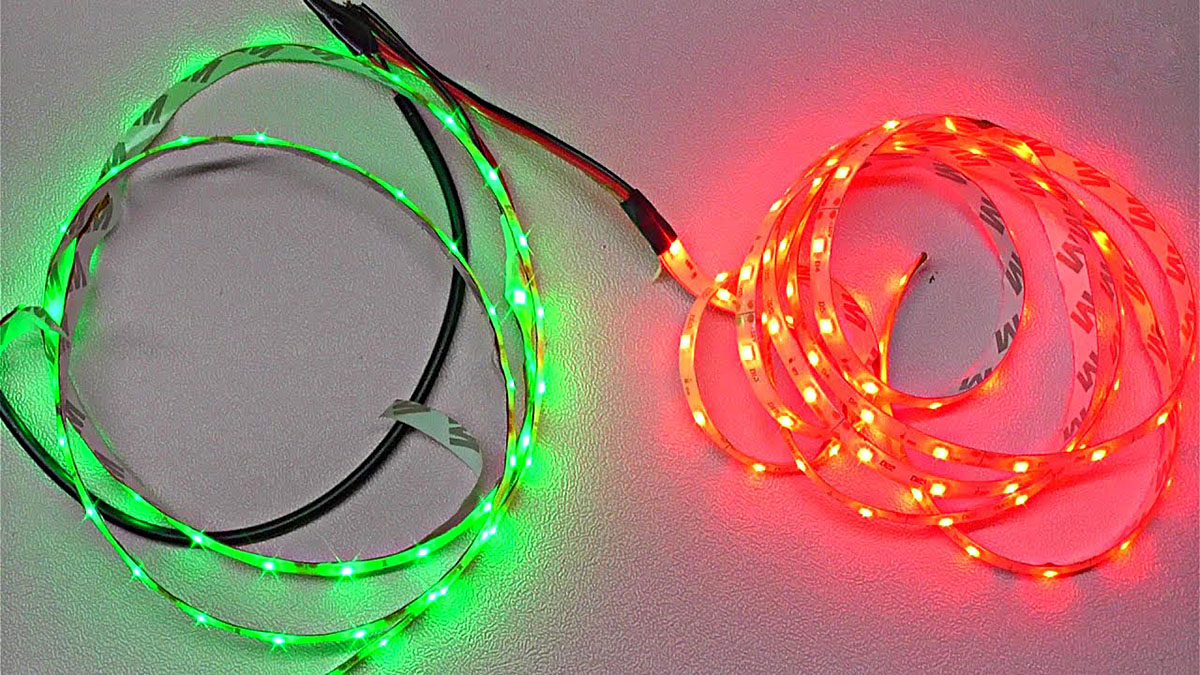
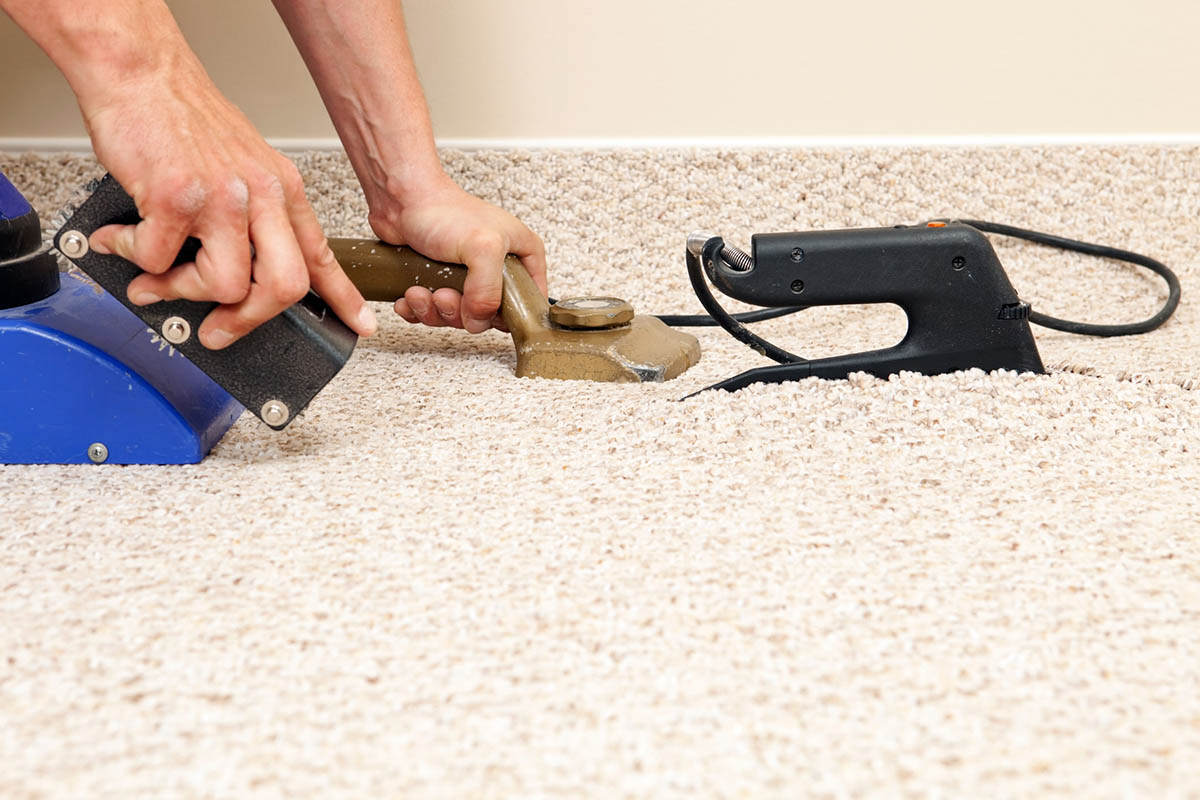

0 thoughts on “How To Unstick Two Glass Bowls”